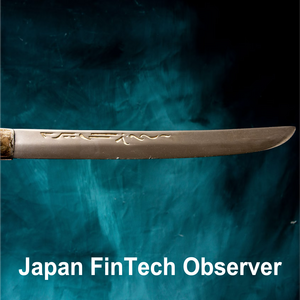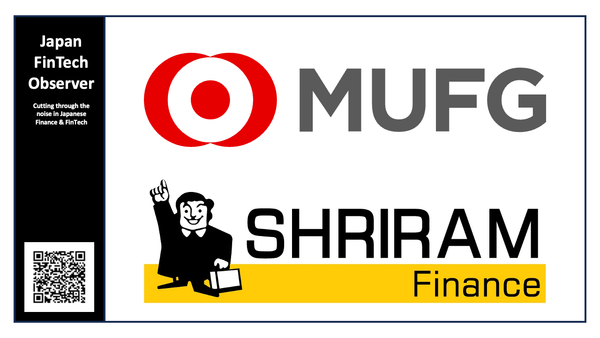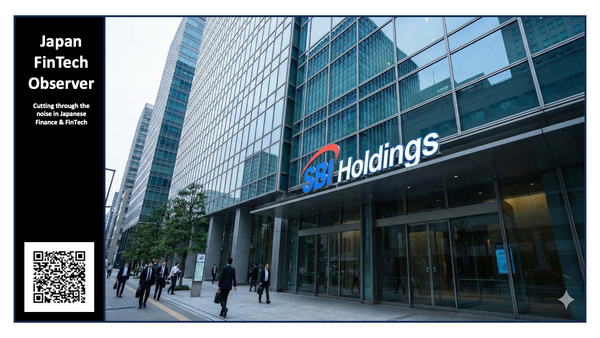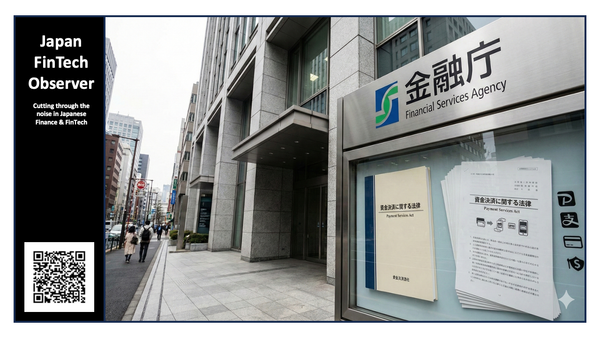The Exit Strategy for the Bank of Japan's ETF Holdings
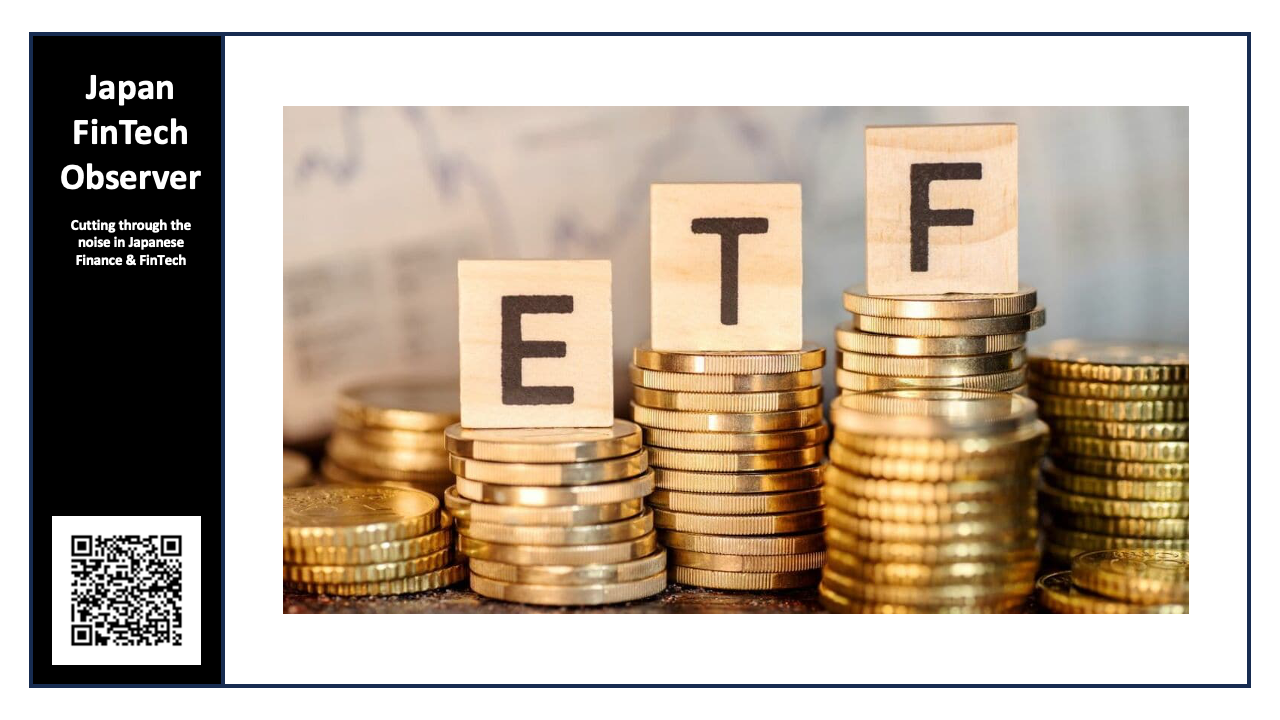
As the Bank of Japan has now completed the sale of single stocks it purchased from banks as part of its financial system stabilization measures, the focus is shifting towards an exit strategy for the holdings of exchange-traded funds (ETFs) purchased under the large-scale monetary easing.
For this discussion, we refer back to the "Issue Brief No. 1289," published by Japan's National Diet Library in August 2024, which provides a detailed analysis of the matter. The brief outlines the history of the BOJ's unprecedented ETF purchase program, assesses the current situation, and meticulously examines the various, and often conflicting, proposals for its resolution.
The central thesis is that while the BOJ's ETF portfolio currently boasts enormous unrealized gains due to a strong stock market, it represents a profound and latent risk. These assets, unlike bonds, have no maturity date and will remain on the central bank's balance sheet indefinitely unless actively sold. A future market downturn could rapidly transform this "buried treasure" into a "negative legacy," inflicting severe damage on the BOJ's financial health and potentially constraining its ability to conduct effective monetary policy. The brief concludes that while an exit is necessary, every proposed solution—from gradual market sales to transfers to public entities or citizens—is fraught with immense practical difficulties, including the risk of market disruption, staggering funding requirements, and concerns about social equity. The paper calls for a broad and urgent national debate to forge a realistic path forward.
I. The Genesis and Current State of the BOJ's ETF Holdings
The brief first establishes the context and scale of the BOJ's involvement in the ETF market, tracing its evolution from a novel policy tool to a cornerstone of its multi-decade battle against deflation.
1. The Rationale for ETF Purchases
The BOJ’s journey into ETF purchasing began as a form of "non-traditional monetary policy," deployed when traditional tools, like lowering short-term interest rates, became ineffective at the "zero lower bound." The primary objective, as stated by the BOJ, was to lower the "risk premium" in financial markets. In layman's terms, the BOJ aimed to reduce the extra return that investors demand for holding risky assets (like stocks) compared to risk-free assets (like government bonds). By creating a stable, price-indiscriminate buyer in the market, the BOJ sought to boost investor confidence, encourage risk-taking, and thereby stimulate corporate investment and household consumption, ultimately pushing up inflation. Governor Kazuo Ueda later affirmed this, explaining the policy was intended to "prevent an excessive expansion of the risk premium" and stabilize the economy.
2. The Escalation of the Purchase Program
The policy was initiated in October 2010 under Governor Masaaki Shirakawa as part of the "Comprehensive Monetary Easing" framework, with a relatively modest asset purchase fund. ETFs were chosen over individual stocks to ensure broad market impact and avoid accusations of favoritism.
However, the program was dramatically supercharged in April 2013 with the appointment of Governor Haruhiko Kuroda and the launch of his "Quantitative and Qualitative Easing (QQE)" policy, famously described as being on a "different dimension." The annual purchase targets were progressively and aggressively increased over the years:
- 2013: Annual purchases of ¥1 trillion.
- 2014: Increased to ¥3 trillion.
- 2016: Doubled to ¥6 trillion.
- 2020: In response to the COVID-19 pandemic, a temporary upper limit of ¥12 trillion was set to stabilize markets.
This relentless purchasing transformed the BOJ from a market participant into the market's dominant force. While new purchases were officially halted in March 2024, the legacy of this policy is a balance sheet of unprecedented scale.
3. The Current Scale of Holdings: A Quantitative Snapshot
The document provides stark figures to illustrate the magnitude of the BOJ's holdings.
- As of March 2024:
- Book Value (Cost of Purchase): Approximately ¥37.2 trillion.
- Market Value: Approximately ¥74.5 trillion.
- Unrealized Gains: This represents a staggering unrealized profit of over ¥37 trillion.
- Market Dominance: The BOJ holds an estimated 83% of Japan's entire ETF market and is the largest single shareholder in the Japanese stock market.
- Dividends: The holdings also generate significant income. In fiscal year 2023, the BOJ received ¥1.2 trillion in distributions (dividends) from its ETFs, a figure that has become central to many exit strategy proposals.
This immense portfolio, while profitable on paper, creates a fundamental dilemma. The BOJ cannot simply hold these assets to maturity; it must decide how and when to dispose of them.
II. The Imperative and Intricacies of an Exit Strategy
The second part of the brief delves into why an exit is necessary and explores the views of the key institutions involved before presenting the array of expert proposals.
1. The Negative Side Effects of Perpetual Ownership
The document identifies three primary "side effects" (副作用) that make continued ownership untenable:
- Distortion of Market Mechanisms: The BOJ’s consistent, large-scale buying has created what critics call a "government-made market" (官製相場). This interferes with the market's natural price discovery function, as stock prices may reflect the BOJ's buying activity rather than underlying corporate fundamentals.
- Weakened Corporate Governance: By design, the BOJ is a passive investor and does not exercise the voting rights attached to its underlying stock holdings. This has made it the ultimate "silent shareholder" (物言わぬ株主), potentially weakening shareholder oversight and reducing pressure on corporate management to perform.
- Financial Risk to the Bank of Japan: This is the most acute danger. A significant stock market downturn would not only erase the massive paper gains but could push the portfolio's value below its book cost, inflicting direct losses on the central bank. Such a scenario would damage the BOJ's credibility, reduce its annual payments to the national treasury (thus affecting government finances), and could even constrain its future ability to conduct monetary policy without fear of insolvency.
2. The Positions of the BOJ and the Government
- The Bank of Japan: The BOJ's official stance remains cautious. Its internal guidelines state that any disposal must be conducted at a "fair price" while minimizing market disruption and its own losses. Governor Ueda has clarified that he considers "fair price" to be the prevailing market price but insists it is "premature" (時期尚早) to discuss specific methods. However, the brief notes a growing internal consensus that the ultimate goal should be to reduce the holdings to zero, even if it takes a very long time.
- The Government: The Japanese government, represented by Finance Minister Shunichi Suzuki, has consistently maintained that the ETF exit strategy is a matter of monetary policy and therefore falls under the purview of the independent BOJ. This official deference is a way of avoiding political responsibility for what will inevitably be a controversial and difficult process.
3. Expert Proposals for an Exit Strategy
The core of the brief is its categorization and analysis of the diverse exit strategies proposed by economists and financial experts. These fall into three main families:
A. Long-Term, Small-Lot Market Sales
- The Proposal: The most straightforward idea is for the BOJ to sell its ETF holdings back into the market, but in very small increments over an extremely long period (e.g., decades) to avoid causing a price crash.
- The Flaw: This approach is widely seen as impractical. Given the portfolio size of over ¥70 trillion, even selling ¥300 billion a year (a figure based on the BOJ’s past sales of bank-held stocks) would take over 100 years to complete. The prolonged market overhang would likely suppress stock prices for generations.
B. Transfer to a Public Entity
- The Proposal: This family of solutions involves transferring the BOJ's ETFs to a dedicated public fund. This could be a newly created entity (e.g., a "Long-Term Growth Fund") or an existing institution like the Government Pension Investment Fund (GPIF). This fund would then manage the assets for the public good, using the annual dividend income to fund national priorities like research and development, child-rearing support, or education.
- The Mechanism: The transfer would not be a gift. The public fund would "purchase" the ETFs from the BOJ at market value. To finance this massive transaction, the fund would issue its own debt, such as perpetual bonds (which never mature) or Fiscal Investment and Loan Program (FILP) bonds. This would cleanly move the ETFs off the BOJ’s balance sheet, replacing them with safer assets (the new bonds).
- The Flaws: The primary obstacle is funding. How does a new entity raise over ¥70 trillion? Issuing such a colossal amount of new debt could have its own disruptive market effects. Furthermore, this solution merely transfers the risk; a stock market crash would inflict massive losses on the new public fund instead of the BOJ, potentially requiring a government bailout.
C. Transfer to the Public
- The Proposal: This set of ideas involves distributing the ETFs directly to the Japanese populace to support the government’s goal of shifting households from "savings to investment."
- The Mechanisms (Varying Proposals):
- Paid Transfer: Sell the ETFs to citizens at a discount from the market price. This could be integrated with Japan's NISA (Nippon Individual Savings Account) program.
- Unpaid Transfer (Gift): Distribute the ETFs for free, for instance, by giving a small amount to every citizen who turns 20 over a 10-year period.
- The Flaws: This approach is laden with risks. To prevent recipients from immediately selling the ETFs and causing a market crash, long lock-up periods (e.g., 5 years) would be necessary. Such a scheme could also exacerbate wealth inequality, as paid transfers would primarily benefit those with the financial means and knowledge to participate. Finally, the logistical complexity of distributing assets to millions of citizens, many of whom do not have brokerage accounts, is immense.
4. The Hong Kong Monetary Authority (HKMA) Precedent
The brief examines the 1998 case of the HKMA as a rare successful example of an exit from large-scale stock intervention. To defend its currency against speculators, the HKMA bought a significant volume of Hong Kong stocks. To exit, it packaged these holdings into an ETF (the Tracker Fund of Hong Kong, or "TraHK") and sold it to the public. The key to its success lay in clever incentive design:
- Loyalty Bonus: Individual investors who held their ETF shares for one or two years were rewarded with free bonus shares. This powerfully counteracted the incentive to sell immediately.
- Tap Facility: A mechanism allowed institutional investors to easily create or redeem large blocks of ETF shares, ensuring market liquidity.
While the Japanese situation is vastly larger in scale and different in context, the report concludes that the HKMA’s use of incentives to manage investor behavior offers a valuable lesson.
Conclusion: A Problem with No Easy Solution
The Issue Brief concludes on a somber but pragmatic note. The BOJ's ETF holdings represent a monumental challenge with no clear or painless solution. The portfolio is a source of both immense potential wealth and immense potential risk. Every proposed exit strategy is compromised by a combination of impractical timeframes, staggering financial requirements, the danger of severe market disruption, and difficult questions of fairness and equity. The document effectively frames the issue not as a technical problem for the BOJ alone, but as a critical national policy question that requires an open, honest, and comprehensive debate among policymakers, experts, and the public to find a realistic and responsible way forward.


